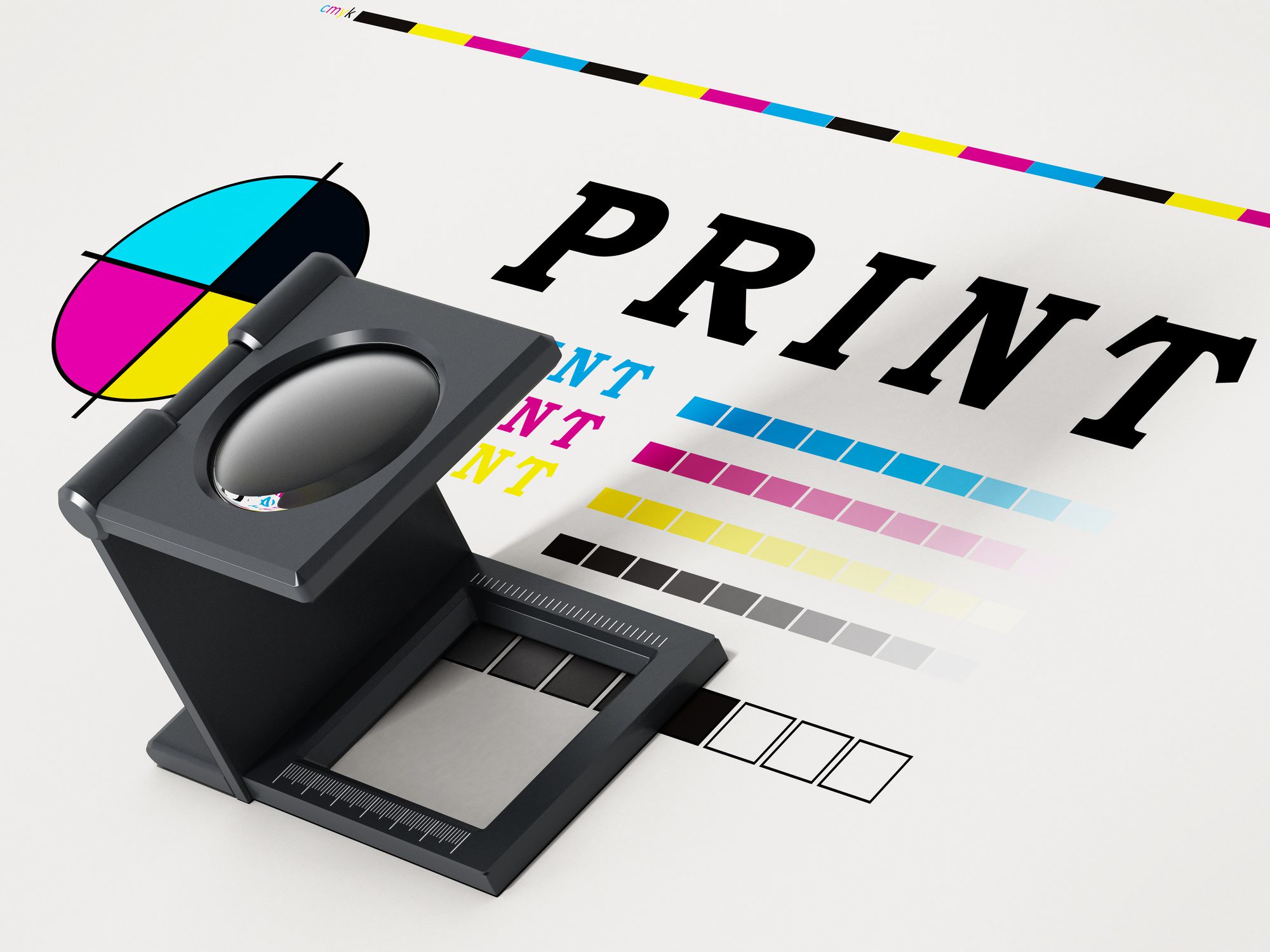Master the basics of product creation with print on demand platforms.
Master the basics of product creation with print on demand platforms.
Blog Article
Understanding Just How Digital Printing Revolutionizes the Printing Market
The printing sector, long steeped in traditional techniques, is undergoing an extreme makeover with the arrival of digital printing. This ingenious technology, which eschews the requirement for publishing plates, allows rapid manufacturing and modification, improving the landscape of print interaction. With its prospective to stimulate interaction through individualized web content and to supply sustainable options, it's clear that digital printing is greater than a technological advancement; it's an essential game changer. Exactly how precisely does it change the industry? Let's explore.
The Advancement of Digital Printing: A Brief Summary
Because its creation, electronic printing has actually undergone substantial changes, continuously revolutionizing the printing market. Its advancement started with the advancement of xerography in the mid-20th century, a procedure which prepared for laser printers. With the development of the 90s, electronic printing innovation started to mature, and the market experienced the intro of straight imaging presses, which eliminated the requirement for printing plates. As the brand-new millennium unfolded, innovations in innovation further stimulated the development of electronic printing, bring about the development of high-speed inkjet printers. These gadgets offered premium quality and speed, forever transforming the landscape of the market. Today, digital printing stands as a testament to human development, consistently progressing to meet the ever-changing needs of the contemporary world.

Unpacking the Technology Behind Digital Printing
Looking into the complexities of electronic printing innovation, one encounters an abundant tapestry of sophisticated machinery and complex formulas. At the heart of this process lies an electronic photo, which is refined by software application that separates it into a grid of dots. These dots are after that transformed right into an electronic code. This code is translated by the printer, which uses it to specifically transfer beads of ink onto the substrate. The beads are so small and accurate that they develop an image that is practically indistinguishable from the original. This elaborate system, strengthened by innovative software and high-resolution imaging, has transformed look at these guys the landscape of the printing industry, paving the way for unprecedented degrees of information and precision.

The Benefits of Digital Printing for Services
Recognizing the innovation behind electronic printing supplies a clear picture of its precision and information. Digital printing is eco friendly, making use of much less ink and generating much less important link waste. The full capacity of electronic printing is realized when made use of for customization and customization, a subject that will be covered in depth in the following section.
The Role of Digital Printing in Modification and Personalization
While typical printing methods have problem with customization and personalization, digital printing masters these locations. It enables the very easy modification of layouts, without the need for pricey and taxing plate adjustments (print on demand). This allows organizations to tailor products to individual consumers, meeting certain demands and improving client fulfillment
Digital printing additionally enables variable data printing, where aspects such as message, graphics, and photos might be changed from one printed item to the next, without slowing down the printing procedure. This is especially helpful for direct advertising and marketing projects, where tailored messaging can considerably improve reaction rates. By doing this, electronic printing not only changes the printing market but likewise changes the means businesses connect with their consumers.
Analysing the Ecological Impact of Digital Printing
Although digital printing has been admired for its function in personalization and personalization, it is critical to examine its environmental influence. Digital printing can be less wasteful than traditional techniques, due to the fact that it operates a 'print on need' basis, eliminating the need for huge print runs that can see here now lead to surplus and waste. Furthermore, it uses fewer chemicals and generates less unstable organic compounds (VOCs) compared to offset printing. The power usage of digital printers can be high, leading to raised carbon impact. The usage of non-recyclable printing elements and the obstacle of e-waste management posture significant ecological problems. Therefore, while digital printing has several advantages, its environmental effect must be diligently handled.
Final thought
In final thought, electronic printing has actually changed the printing industry, supplying quick, cost-effective, and high-grade options - print on demand. Understanding these modifications is essential for organizations to take advantage of the advantages of digital printing properly.
Report this page